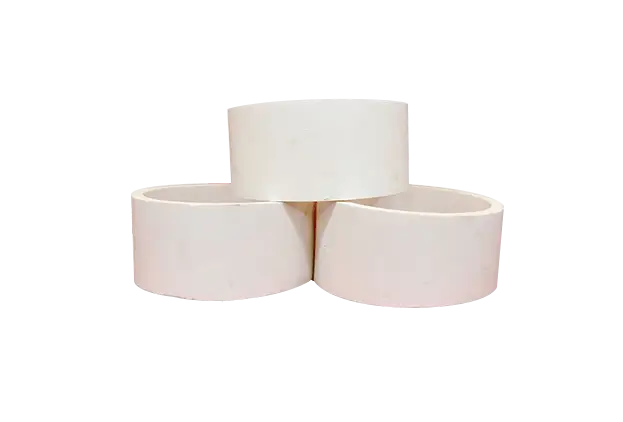The refractory materials sector, particularly in the production of fused alumina, has been witnessing significant transformations driven by technological advancements and changing market demands. This article aims to provide an in-depth analysis of the current trends in the fused alumina refractory materials industry and offer predictions regarding its future trajectory.
As industries continue to evolve, the need for high-performance materials becomes paramount. Fused alumina, known for its excellent thermal stability and mechanical strength, is increasingly favored in high-temperature applications. The trend towards energy-efficient manufacturing processes is compelling producers to innovate, aiming to reduce energy consumption while maintaining the integrity of their products.
Sustainability has emerged as a driving force within the fused alumina market. Manufacturers are focusing on sourcing raw materials responsibly and investing in processes that minimize their environmental impact. Innovations in recycling end-of-life refractory materials are also gaining traction, allowing companies to reintroduce materials back into the production cycle, thereby reducing waste.
The role of technology in the evolution of fused alumina refractory materials cannot be understated. Improvements in production techniques, such as the introduction of advanced sintering methods and automation, have significantly enhanced performance and efficiency. This technological shift not only minimizes production costs but also elevates product quality, satisfying the rigorous demands of modern applications.
Ongoing research and development are crucial for sustaining competitive advantage in the market. By prioritizing R&D, companies can explore new compositions and treatments of fused alumina, opening doors to advanced refractory applications. The collaboration between academia and industry is fostering innovative solutions that promise to enhance performance metrics significantly.
Looking ahead, the fused alumina refractory materials market is poised for continuous growth. With an increasing demand from sectors like metallurgy, ceramics, and glass manufacturing, the potential for market expansion remains robust. As technology progresses, the likelihood of new, versatile applications for fused alumina continues to rise, ensuring that it will remain a staple in high-performance refractory solutions.
In conclusion, the fused alumina refractory materials industry is navigating a transformative period characterized by sustainability, technological advancements, and a growing market demand. Stakeholders who embrace innovation and prioritize sustainable practices will likely lead the way in this evolving sector, creating resilient and efficient materials for the future.

